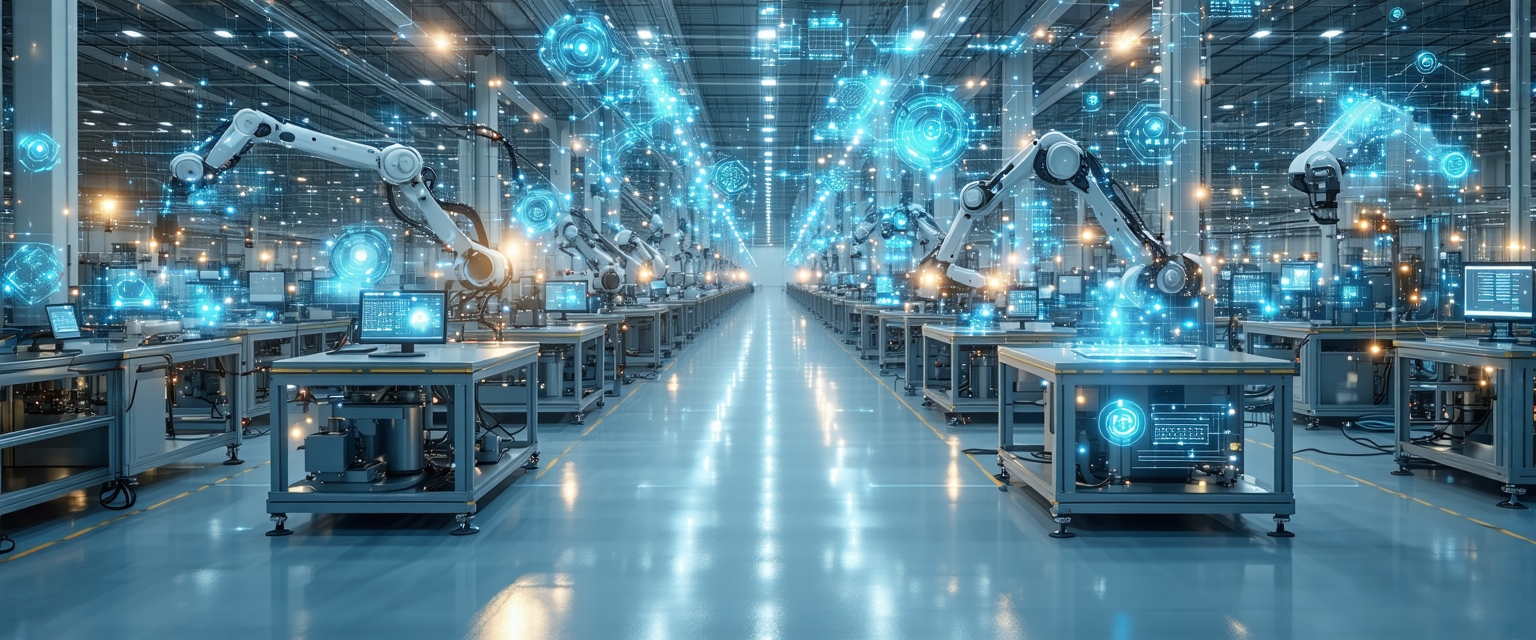






The manufacturing landscape is undergoing a radical transformation, driven by the convergence of advanced technologies. Smart manufacturing, the integration of digital technologies into all facets of manufacturing, is at the forefront of this change. This evolution is propelled by the need for increased efficiency, enhanced product quality, and greater responsiveness to market demands.
The seeds of smart manufacturing were sown decades ago with the advent of automation and computer-aided design (CAD). However, the true catalyst for its current explosive growth is the proliferation of interconnected devices, powerful data analytics, and artificial intelligence (AI).
The increasing complexity of global supply chains, coupled with rising consumer expectations for customized products, has further fueled the adoption of smart manufacturing practices. Manufacturers are seeking ways to improve agility and reduce costs in a volatile and competitive market.
Recent advancements include the widespread adoption of the Industrial Internet of Things (IIoT), which connects machines and systems to collect and analyze real-time data. This data informs predictive maintenance, optimizes production processes, and enables faster response to potential problems.
Artificial intelligence (AI) and machine learning (ML) algorithms are increasingly used for quality control, process optimization, and even autonomous decision-making within manufacturing environments. Digital twins, virtual representations of physical assets, are also gaining traction, allowing for simulations and predictive analysis before implementation in the real world.
A recent report by Deloitte (“The Future of Manufacturing: A 2023 Outlook”) highlights a significant increase in investment in smart manufacturing technologies. The report indicates that companies prioritizing smart manufacturing are experiencing higher productivity gains and improved margins.
According to McKinsey (“Smart Manufacturing: The Future of Production”), the potential for productivity gains from the widespread adoption of smart manufacturing is enormous. However, they also emphasize the challenges in data integration and cybersecurity.
The opportunities presented by smart manufacturing are substantial, including increased efficiency, reduced waste, improved product quality, and enhanced agility. However, significant risks exist, including high upfront investment costs, cybersecurity vulnerabilities, and the need for skilled labor to manage and maintain these complex systems.
The future of smart manufacturing likely involves further integration of AI, blockchain technology for supply chain transparency, and advancements in robotics and automation. A greater focus on sustainability and the circular economy will also shape future developments in this rapidly evolving field.
“`